Education
Aptos vs. Solana: what you should know
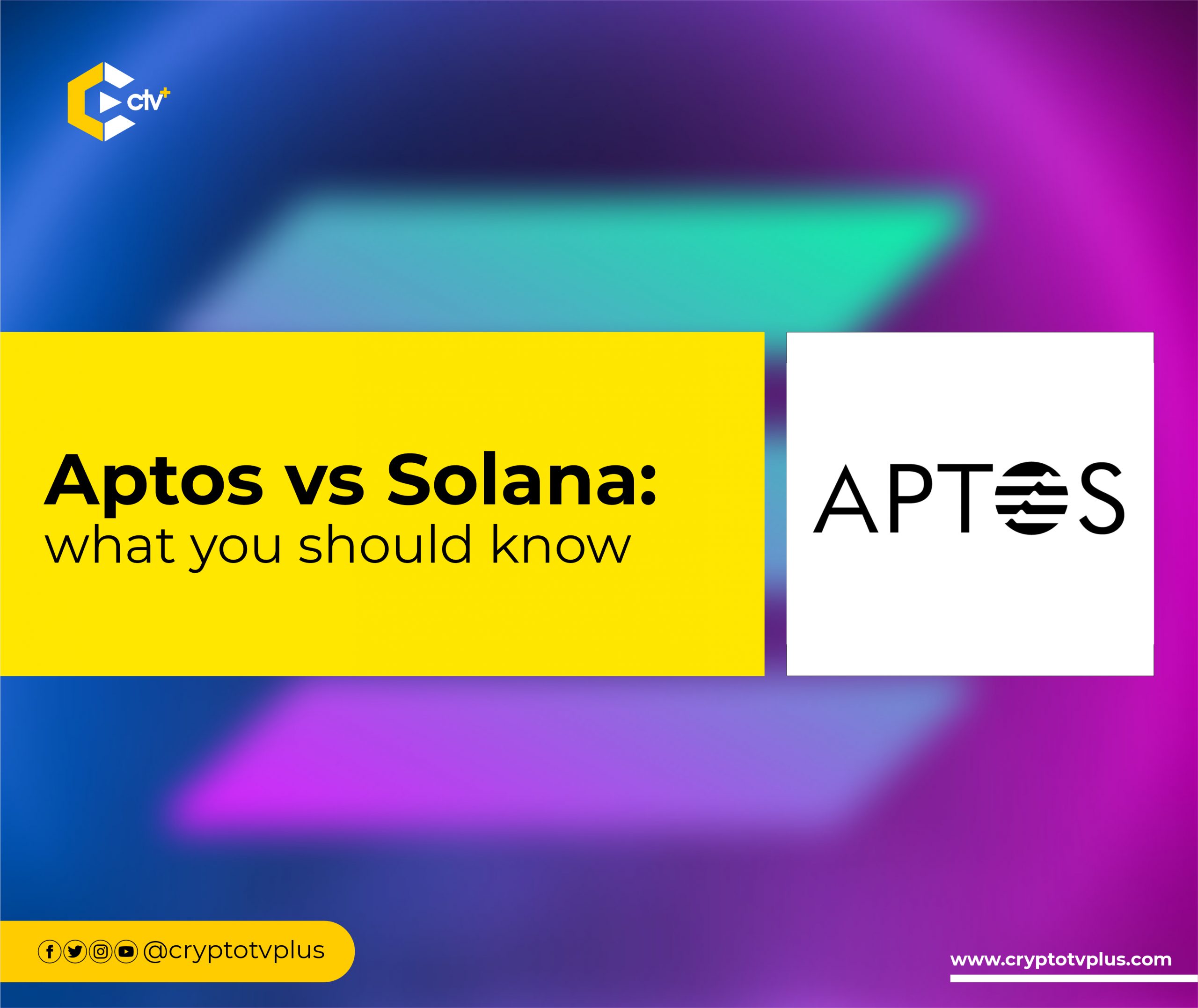
Aptos blockchain is one of the most intriguing layer one projects in the blockchain ecosystem with over 100 projects built on it. The mainnet went live on October 19, 2022 after a series of testnets were released at the beginning of the year. It has been tagged the “Solana killer” by the Web3 community.
Earlier than the Aptos blockchain is the Solana blockchain which had its first block created on March 16, 2020, although the development started far back as 2018. It was described as the “Ethereum killer” because of its scalability and speed.
In this article, we’ll look at the differences between the Aptos blockchain and the Solana blockchain.
Founders and VCs
Aptos Labs, created by Mo Shaikh and Avery Ching launched the Aptos blockchain as a testnet in May. The two co-founders were former employees of Facebook (now Meta) who were working on the Diem project before leaving the social media company.
The layer one blockchain went through four stages of AITs (Aptos Incentivized Testnet) – AIT1, AIT2, AIT3, and AIT4 before the mainnet we released on October 19, 2022. Today, it has several projects on it including wallets, play-to-earn games, DEXs, and DeFi.
The Aptos team has attracted $350 million as of June 2022 from VCs like a16z Crypto, Multicoin Capital, Katie Haun, Binance Labs, PayPal Ventures, Tiger Global, Three Arrows Capital, and Jump Crypto.
Meanwhile, the Solana blockchain was co-founded by Anatoly Yakovenko (who had experience working at Qualcomm, Mesosphere and Dropbox), Greg Fitzgerald (worked on the LLVM compiler infrastructure), Raj Gokal, Stephen Akridge, and Zed Zed.
It was first published under the name Silk in the Loomprotocol organization. Then a few weeks later, the name was changed from Silk to Solana in connection to the Solana beachat San Diego where Anatoly, Greg and Stephen lived while working for Qualcomm.
Notation Capital, Slow Ventures, Kevin Rose, OKEx, MXC Exchange, Alameda Research and Sino Global Capital are some of the key investors of Solana.
Smart contract language and EVM compatibility
Move programming language is the native language of the Aptos blockchain. Move is a Rust-based language initially designed for the Diem project. The language was created to prioritize security and scalability. Aptos blockchain is not EVM compatible.
Solana uses Rust as the core language. C and C++ can also be used to build on the Solana blockchain. In terms of being EVM compatible, Neon, an Ethereum Virtual Machine built on Solana, allows cross-chain communication between the two blockchains.
Consensus mechanism
Aptos blockchain functions as a Proof of Stake network integrated with a low latency Byzantine Fault Tolerant (BFT) system. The BFT system averts failure of the network in the circumstance a node or group of nodes behaves maliciously.
Solana is the first blockchain to use the Proof of History and Proof of Stake consensus to create a hybrid network. It is integrated with the Tower BFT (Byzantine Fault Tolerant) system, which is specially designed to work with Proof of History chains.
Capacity in TPS and finality
The team behind the Aptos network projected up to 160,000 TPS, but the blockchain has not lived up to that expectation. It has finality of less than one second.
As of October 23, 2022, Solana has a TPS of 4000+, total transactions of 108,370,331,743, avg. cost per transaction of $0.00025, over 100 billion transactions and 2091 validator nodes.
Projects
Projects on the Aptos blockchain, with the native token $Aptos, includes BloctoApp wallet, Petra wallet, Fewcha wallet, Postman DAO, Rekt Dogs and more.
Solana has StepN, Solanart, Solice metaverse, Panzerdogs, Genopets, Solsea, DigitalEyes, Opensea, Magic Eden and more built on it.
Read also;
Solana to Launch Saga, a Web3-based Smartphone
5 NFT projects on the Aptos blockchain
What do you think of this article? Share your comments below.



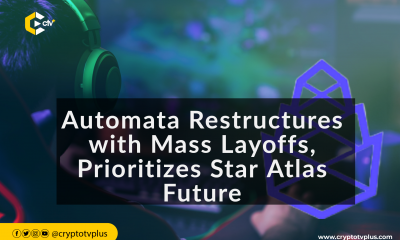

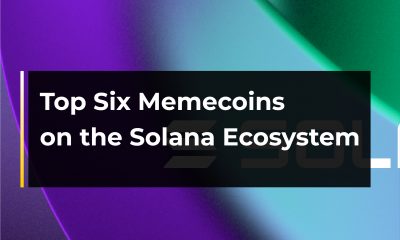

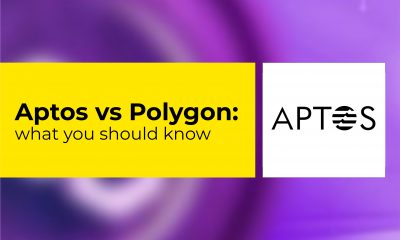



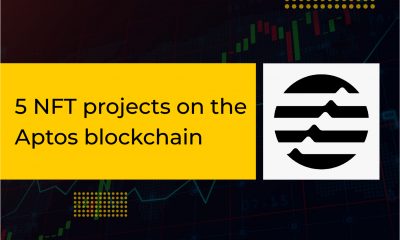

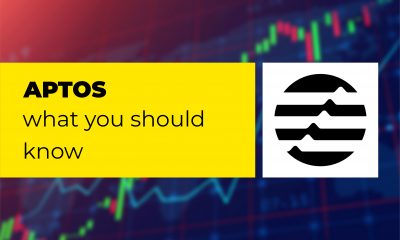











7 Comments